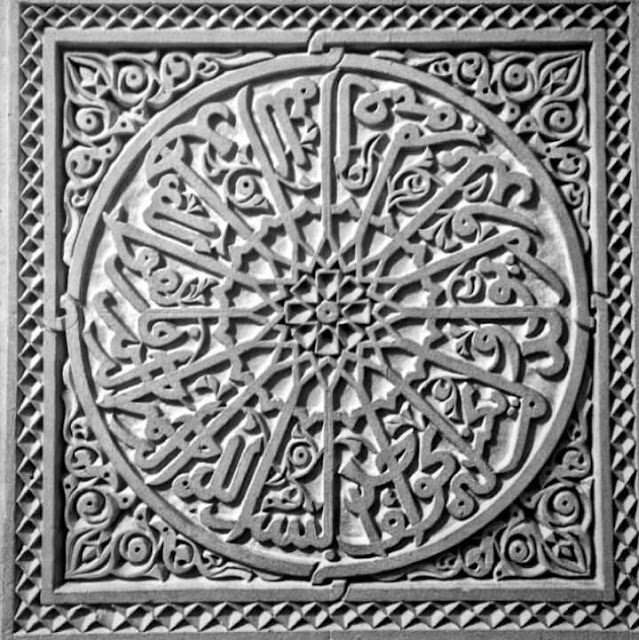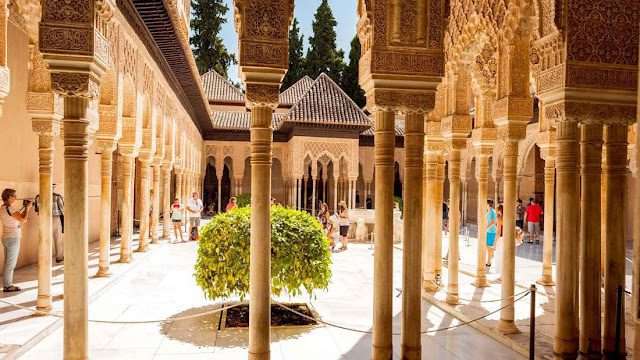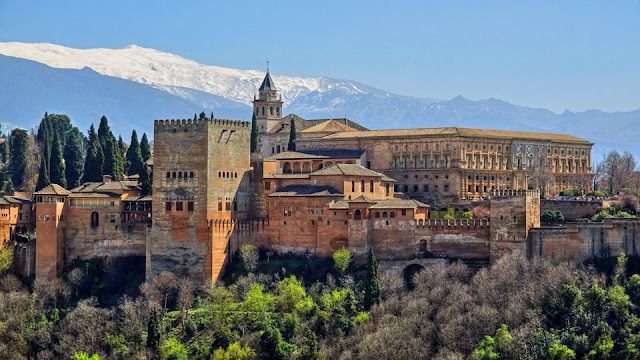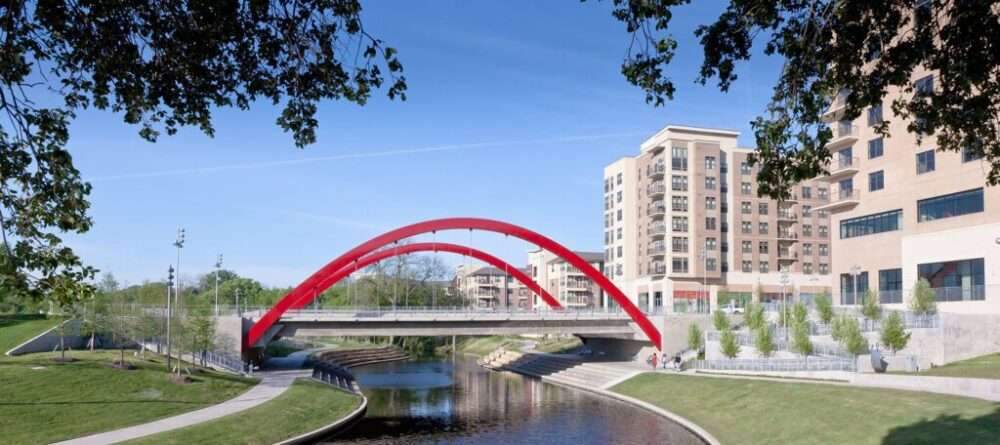The Arab artist tended to paint nature, like other artists in the successive Islamic eras,
and his commitment to the noble hadith.
This stipulates the prohibition of depicting every soul, so trees,
plants and flowers were his first inspiration for the creation of aesthetic and decorative abstract formations.
Inspired by these natural elements, as well as geometric shapes and Arabic calligraphy,
the artist adapted these formations to suit his aesthetic sense and did not volunteer him.
This led to the emergence of a school (Arabic inscription) or decorative Arabic art that depends on the balance of space, line, color, interdependence and harmony.
Where the Europeans called this school the name (Arabesque).
Arabesque has inspired many great famous artists,
after it was popularized throughout Europe and the world, such as “Leonardo da Vinci” in Italy,
and “Dürer” in Germany and France, among others.

As usual, the artist, by his nature, could not rebel at times from not portraying every soul.
This is when we see many wall paintings in the Umayyad palaces that represent hunting parties and so on.
While we see in the Abbasid era depiction of people and animals in Khorasan, Persia and Asia Minor.
All these rebellions did not weaken the spread of decoration as a goal and a means,
as we see it being common in the ages of ages and many eras, including:

Umayyad era
In the Umayyad Great Mosque, the architecture is richly dated,
and is further rooted in the façade of Qasr al-Hayr al-Gharbi, transferred from the desert to the Damascus Museum.
Where this façade is distinguished by the miniatures from which (Rococo) originated in Europe after that.
The Alhambra Palace in the historic city of Granada is a silent witness to the era of the Umayyad rule of Andalusia (southern Spain).
Its construction dates back to the fourth century AH at the hands of Muhammad bin Al-Ahmar,
and among the palaces that were built during that era is the Al-Harana Palace in the Jordan Valley.
The Minya Palace is located on the northeastern shore of Lake Tiberias,
and the Amra Palace is located east of the Jordanian capital.
Abbasid era
As for the Abbasid era, it did not leave any constructions that enable us to talk about it,
as well as the eras that followed it.
And from the Seljuk era until the Atabeg, especially in front of the just king,
Sultan Nur al-Din Mahmoud bin Zangi, who was called the martyr.
With the appearance of muqarnas domes of a strange Seljuk character on the architecture of Damascus, the decoration reached its zenith.
This character was concentrated in the dome and vault of the Great Nuuriyya School in the al-Khayyatin market,
as well as in the dome and vault of the al-Nuri bimaristan in al-Hariqa.
Among the palaces that were built in that era is the Palace of Gold,
which was built by al-Mansur in the center of his capital, Baghdad.
And he established in his chest the famous green dome, and the Palace of the Lover,
which was erected about the year (267 AH = 880 AD) on the western bank of the Tigris River,
inside it a smaller palace similar to it in architectural planning
Among the schools, the Al-Mustansiriya School is the only remaining Abbasid School.
It was opened for teaching in the year (631 AH = 1234 AD).
Ayyubid era
The Ayyubid era was characterized by its wide urban renaissance,
but because of its preoccupation with the continuous Crusades, it was not able to spend on decorative appearances.
As much as it spent on battles, its constructions were of little luxury and decoration.
Where it was confined to the muqarnas and stones of the colored gates,
such as the gate of the Great Adiliyya School in the Kalaseh neighborhood in Damascus and the Bimaristan al-Qaymari in the Schools Avenue in the Salhia neighborhood.
Also, door lintels inscribed with dated inscriptions,
such as Dar Al-Hadith Al-Ashrafiyyah Al-Baraniyya and Al-Murshidiyya School in Madrasah Avenue.
As well as the inscription tapes in the gate of the Atabic school,
as well as we see the care for the wooden decorations of the coffins of the greats
such as Salah al-Din al-Ayyubi in the Aziziyah school in the Kalasa neighborhood,
next to the northern door of the Umayyad Mosque.
For more architectural news










